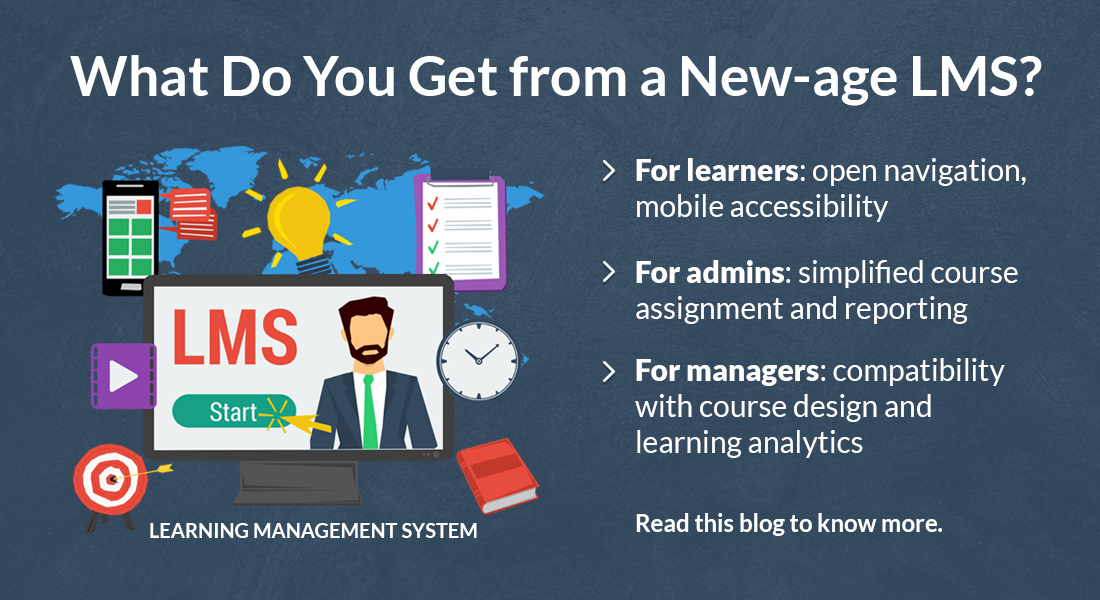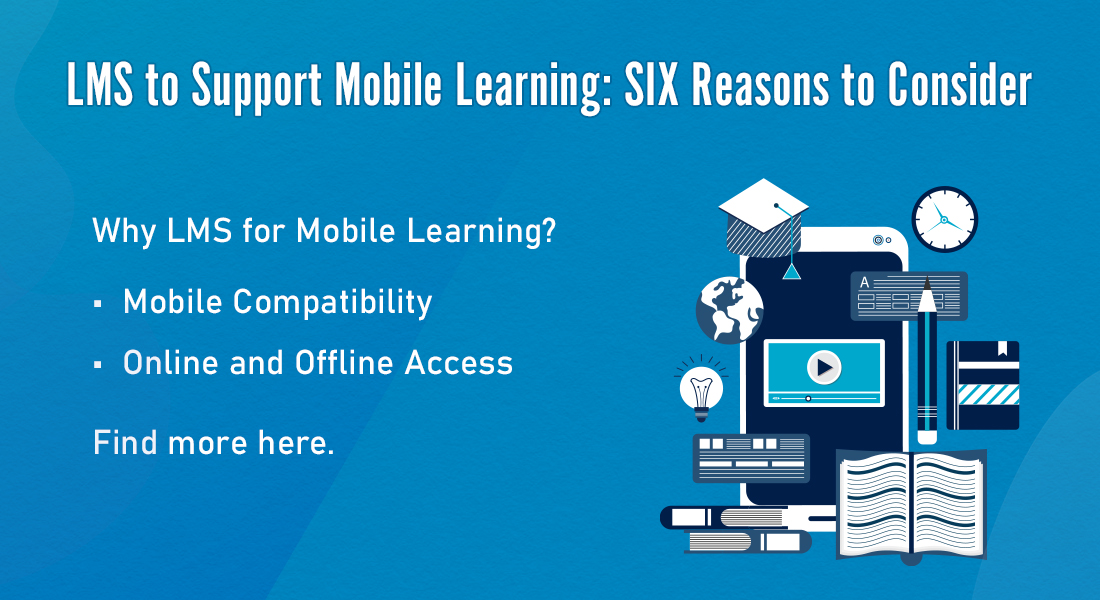5 Tips to Create a Collaborative E-learning Environment

In collaborative learning learners socially interact with other learners, as well as instructors. In eLearning environment, this is done through live chats, message boards, instant messaging and social media. In its essence, collaborative learning is based upon the principle that learners can enrich their experiences by interacting with others and benefiting from one another’s strengths. In collaborative learning situations, learners are responsible for one another’s actions and tasks, and this encourages teamwork.
→ Download Now: Blended Learning — A Guide to Boost Employee Performance [eBook]
Collaborative learning is an important part of eLearning. It allows learners to become fully engaged in their learning experience, and acquire information more effectively. When employees see that a training program is actually helping them increase their skills meaningfully, their willingness to participate in the learning program increases exponentially. Collaboration strategies enable instructors to create interesting, informative learning coursework, activities and exercises that will fuel learners’ desire for learning more.
Below are 5 tips that you can use to create an impactful collaborative eLearning environment, which can boost participation rates:
Find the Ideal Collaborator
The very first step that you need take to create a thriving collaborative environment is selecting an appropriate Learning Management System (LMS). Many LMSs offer social collaboration features that allow you to integrate productivity and scheduling apps to better manage training programs. Other LMSs offer game-based elements to assist collaboration. You can engage learners with a gamified learning experience like giving them points for completing every course, competing with peers and displaying competencies through a dynamic leaderboard. Analyze your needs and select the right collaborator to ensure that course participation reaches its peak.
Clearly Define Expectations
You need to clearly highlight what users are going to gain by engaging in the collaborative activity. This will help give learners a strong purpose to move ahead with, and at the same time, sets their mind to an activity that diverges from the one-person-approach of an eLearning course. This is going to help them learn as they will be able to work with more confidence and get improved results.

How L&D And Business Can Align to Conquer The Future Of Work
Bridging the Gap Between Organizational and Individual Goals!
- Learning Strategies Shaping the Future
- Changing Role of Learning Professionals
- Learning to Solve Business Challenges
- And More!
Incorporate Relevant and Relatable Scenarios
It’s always wise to include scenarios or examples in group collaboration exercises or discussions, primarily because these allow learners to see how their learning can directly be applied in the real world. In addition, these also allow you to create more emotionally engaging experiences, as learners will be able to connect the key ideas of the eLearning course with real life contexts. When learners see the practical implications of their training, they are bound to get involved more actively in their collaborative exercises. Learning objectives get a more practical value by incorporating relevant scenarios. This increases the overall efficiency of the course as learners take away useful knowledge with them.
Create Interesting Shared Activities
Upload an assignment that learners must collectively complete via online collaboration tools, so that they can share experiences, feedback, and opinions with their peers. Develop projects or assignments where learners can leave comments, chat, and discuss topics in real time, which enables them to benefit from the knowledge base and skills of each other. Instructors should create such engaging activities around the topic. Activities should encourage exploration, improve engagement, and relate to real life examples to invoke a better response from learners. If your program can make learners think, then rest assure they will never miss another course.
Closely Monitor Learners
Is your collaborative environment actually helping users reach their learning objectives? It is essential that you have a robust feedback mechanism in place to test the actual impact of your collaborative activities. Since working with other people is a very subjective matter, different learner groups might feel differently about it. If you are taking feedback, then it allows you to pinpoint the holes in your collaborative environment. You can embark on a path to continuously improve your existing strategies and come up with new ones that have been proven to work effectively with the target audience.
By following the above tips, you can utilize your collaborative eLearning environment to drive course participation to the fullest. By promoting peer learning, you make your learners look forward to a training rather than being an imposition. By activating the natural learning tendencies of people, you can assure that they never miss a class.





